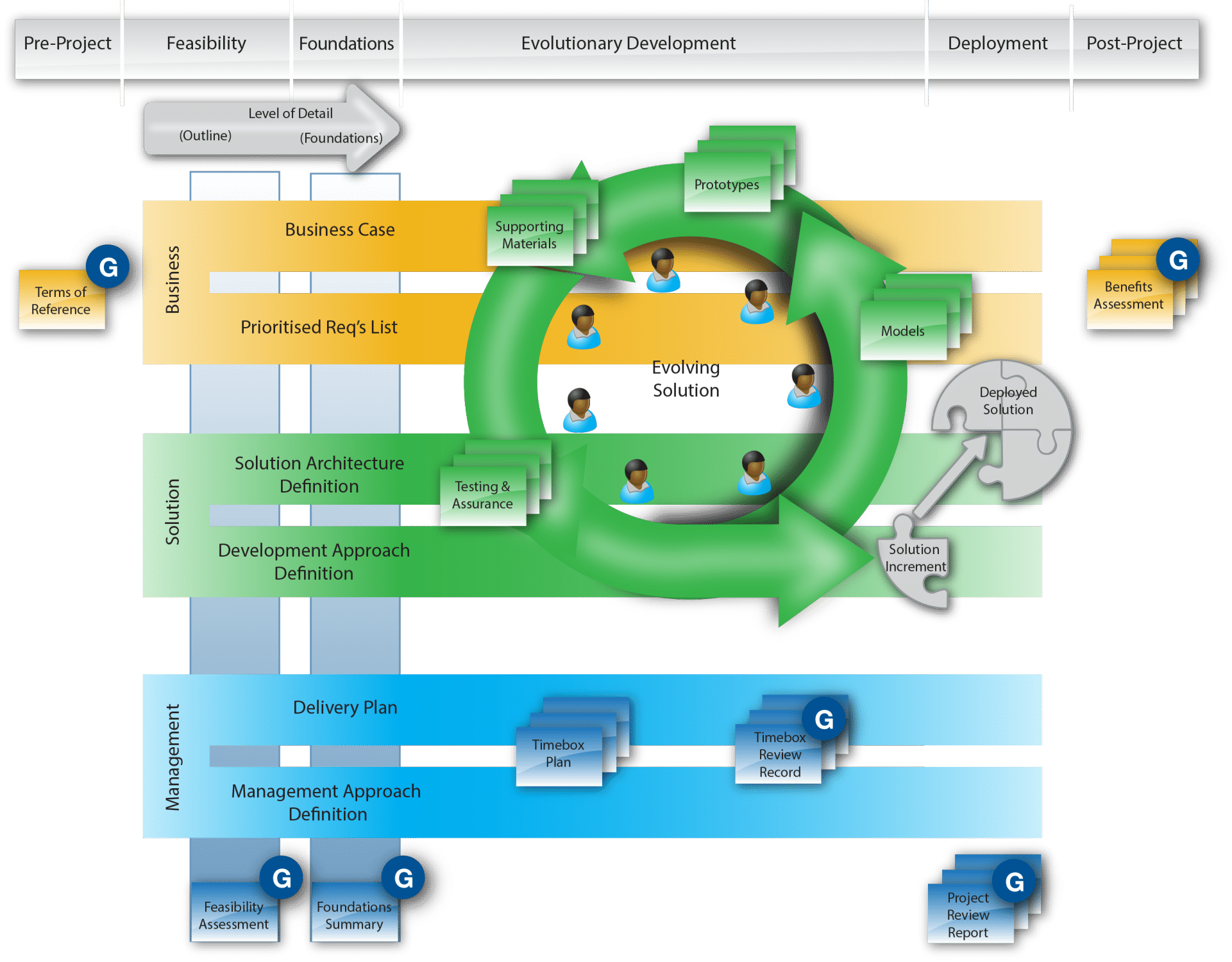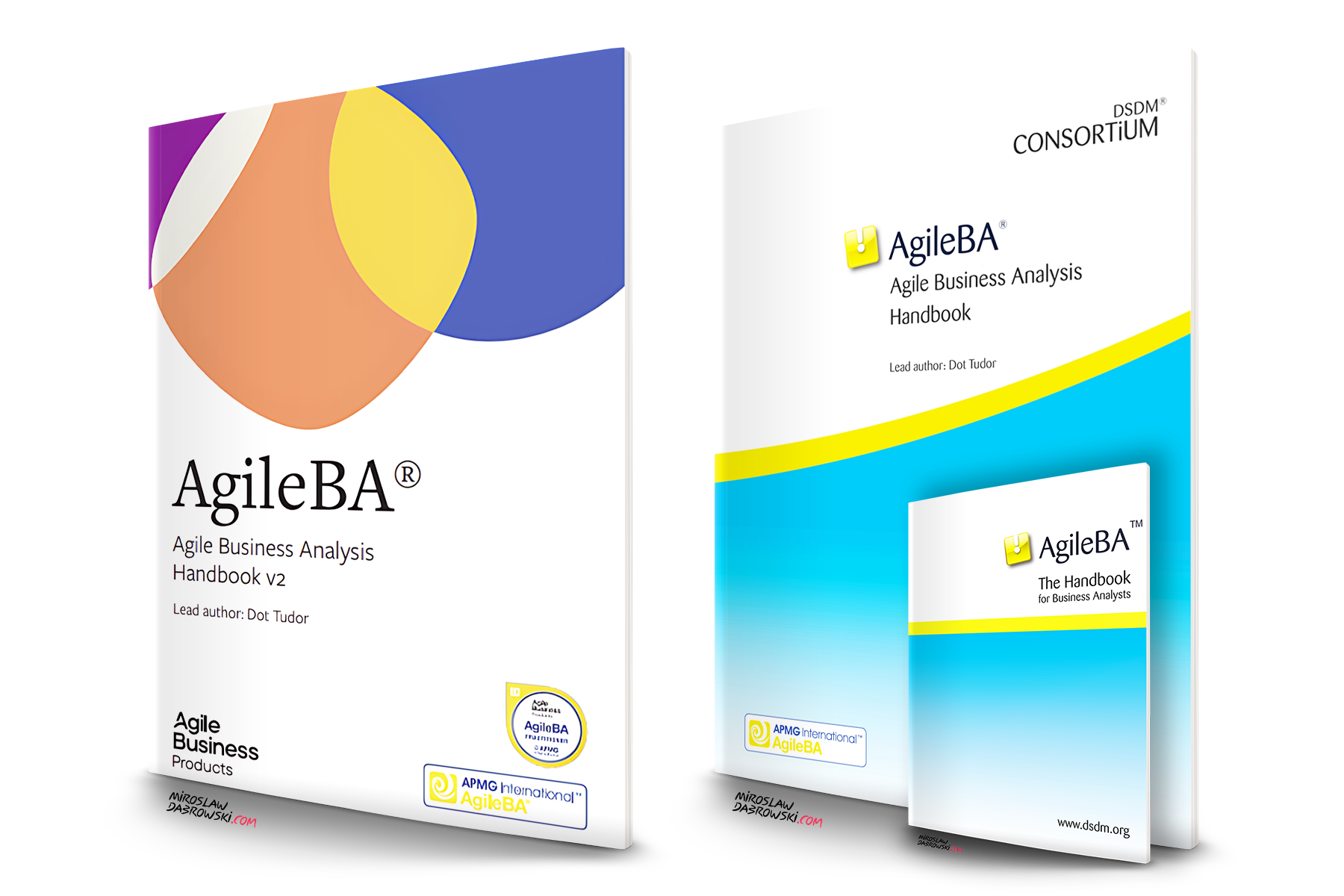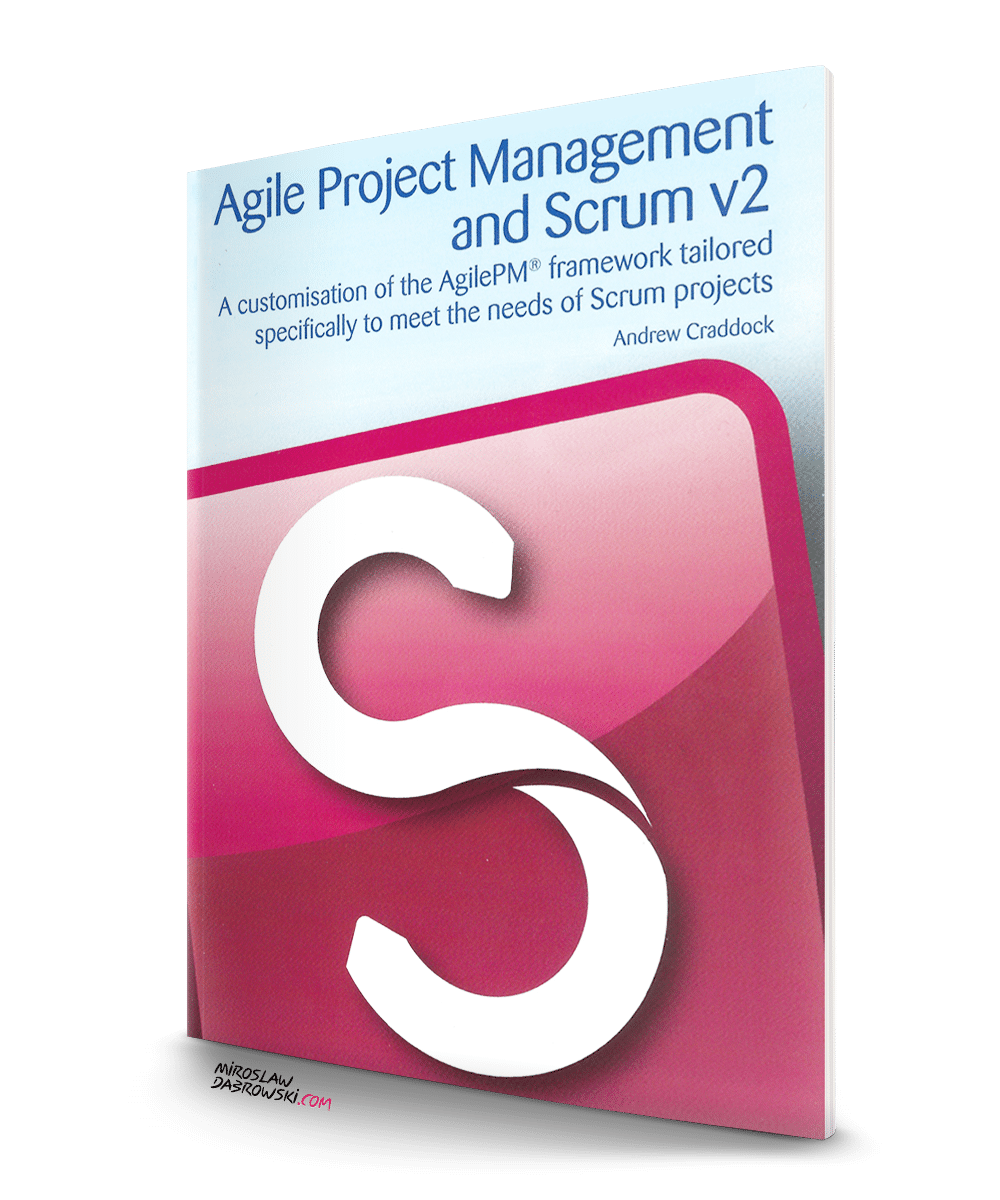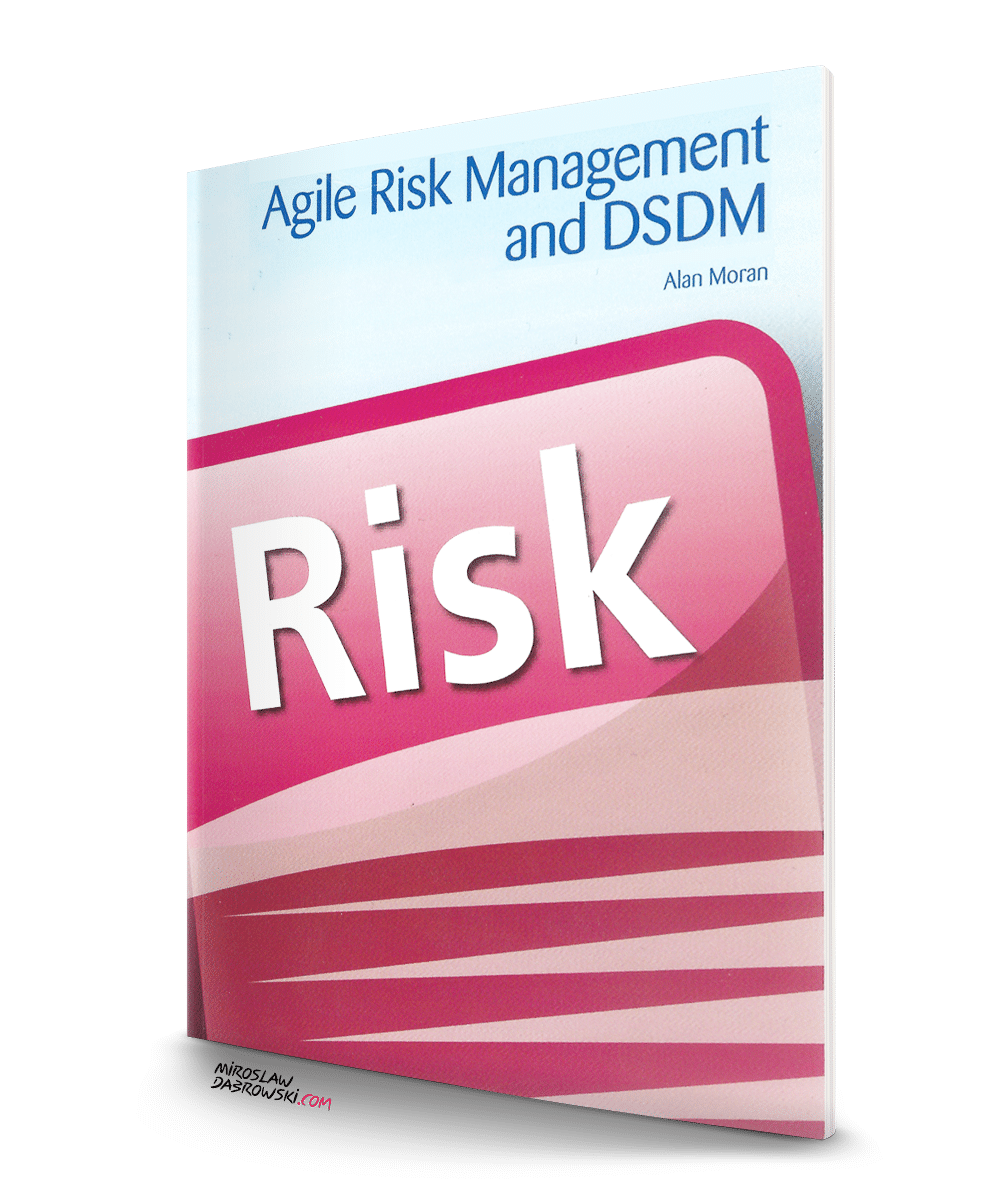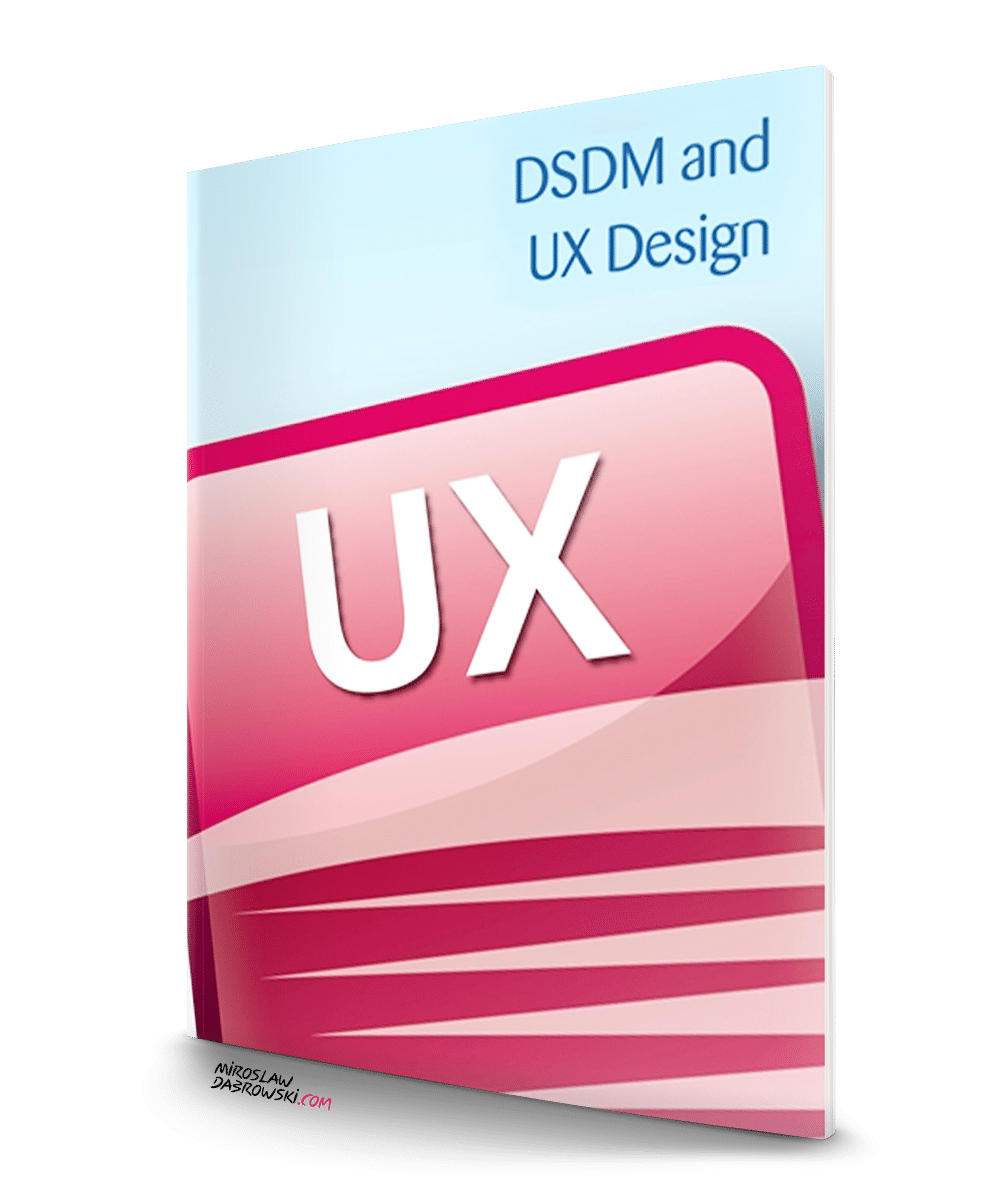AgileBA® (Agile Business Analysis) to zbiór dobrych praktyk związanych z analizą biznesową w organizacjach i projektach, które stosują zwinne lub hybrydowe podejście do realizacji projektów. AgileBA jest rozwinięciem podejścia DSDM Agile Project Framework (ang. DSDM – Dynamic Systems Development Method), które rozszerza ten framework o zestaw praktyk, technik i narzędzi dedykowanych dla ról Analityków Biznesowych i Analityków Systemowych. AgileBA jest podejściem dającym wskazówki umożliwiające sprawne przeprowadzanie analizy biznesowej przez cały cykl życia projektu. W podejściu tym mocno uwidoczniona jest rola Analityka Biznesowego, jego obowiązki oraz relacje z interesariuszami projektu.
Program
- Czym jest Agile, DSDM oraz AgileBA
- Filozofia oraz pryncypia AgileBA
- Role i odpowiedzialności w metodyce AgileBA
- Przygotowanie projektu
- Cykl życia projektu AgileBA, fazy projektowe oraz produkty zarządcze (artefakty)
- Dostarczanie na czas – nadawanie priorytetów oraz Timeboxing
- Ludzie, Zespoły oraz interakcje
- Wymaganie oraz historyjki użytkownika
- Szacowanie oraz mierzenie postępu
- Planowanie projekt zwinnego
- Utrzymanie jakości
- Zarządzanie ryzykiem
- Dostosowanie metody AgileBA do warunków projektu i organizacji
- Wskazówki dla osób przystępujących do egzaminu AgileBA Foundation
Adresaci
- Analitycy Biznesowi i Sysytemowi
- Zwinni Analitycy Biznesowi i Systemowi
- Kierownicy projektów zwinnych
- Kierownicy zespołów projektowych
- Liderzy zespołów wytwórczych
- Kadra zarządzająca i pracownicy firm usługowych z sektora IT
- Analitycy biznesowi oraz systemowi pracujący w środowiskach zwinnych
- Programiści pracujący w środowiskach zwinnych
- Testerzy pracujący w środowiskach zwinnych
- Wszyscy zainteresowani poznaniem różnic między trzema popularnymi podejściami: PRINCE2, PRINCE2 Agile oraz AgilePM
- Wszyscy zainteresowani stosowaniem metodyki AgileBA w praktyce
- Wszyscy zainteresowani przygotowaniem do certyfikacji AgileBA Foundation
Cele i korzyści
- Znajomość stosowania i wykorzystanie technik oraz narzędzi stosowanych w projektach realizowanych zgodnie z podejściem DSDM,
- Umiejętność doboru elementów metodyki DSDM w zależności od sytuacji,
- Sprawne zarządzanie projektem,
- Zrozumienie potrzeby sprawnej komunikacji między klientem, a zespołem wytwórczym,
- Umiejętność rozdzielania ról i obowiązków,
- Nabycie umiejętności ustalenia priorytetów wymagań, które pozwala na terminowe wykonanie projektu przy jednoczesnym zachowaniu jakości dostarczanego produktu,
- Nabycie umiejętności dostosowywania rozwiązania do potrzeb klienta, dzięki czemu ryzyko dostarczenia złego rozwiązania (tj. takiego, które spełnia kryteria akceptacji, ale w chwili dostarczenia nie jest już nikomu potrzebne) zostaje znacznie ograniczone,
- Zrozumienie zasad współpracy między zainteresowanymi stronami, co daje możliwość łatwiejszego wdrożenia produktu do użytku.
Świetnie przeprowadzone szkolenie z metodyki AgilePM. Intensywne z racji dużej ilości materiału, ale równocześnie interesujące i dokładnie omówione. (...)
I had a pleasure to attend "Architect Enterprise Applications with Java EE" conducted by Mirosław. This helped me, to a great extent, to succeed in (...)
I met Mirek during Agile Project Management (AgilePM) Foundation training. Training provided by Mirek and his attitude give you something more than (...)
Brałam udział w prowadzonym przez Mirka pierwszym w Polsce warsztacie Playing Lean, a także w Management 3.0. Mirek klarownie tłumaczy, zaraża pasją, (...)
I had a pleasure to attend "Architect Enterprise Applications with Java EE" conducted by Mirosław. Mirosław has a very deep knowledge about Web Tier, (...)
Mirek is an excellent coach with great interpersonal skills and works very well with his students. He has strong content expertise on Agile philosophy (...)
Great trainer with wide knowledge not only in the area that was the subject. Has extended the subject of training especially for the needs of the (...)
I had a reall pleasure to participate in P2A workshops that Mirek prepared for our local PMI branch. Very valueable and inspiring experience Agile (...)
Mirek jest jedną z najbardziej inspirujących osób, jakie miałem okazję spotkać w życiu. Jest niezwykle pomocny, obdarzony dużą empatią i skupiony na (...)
